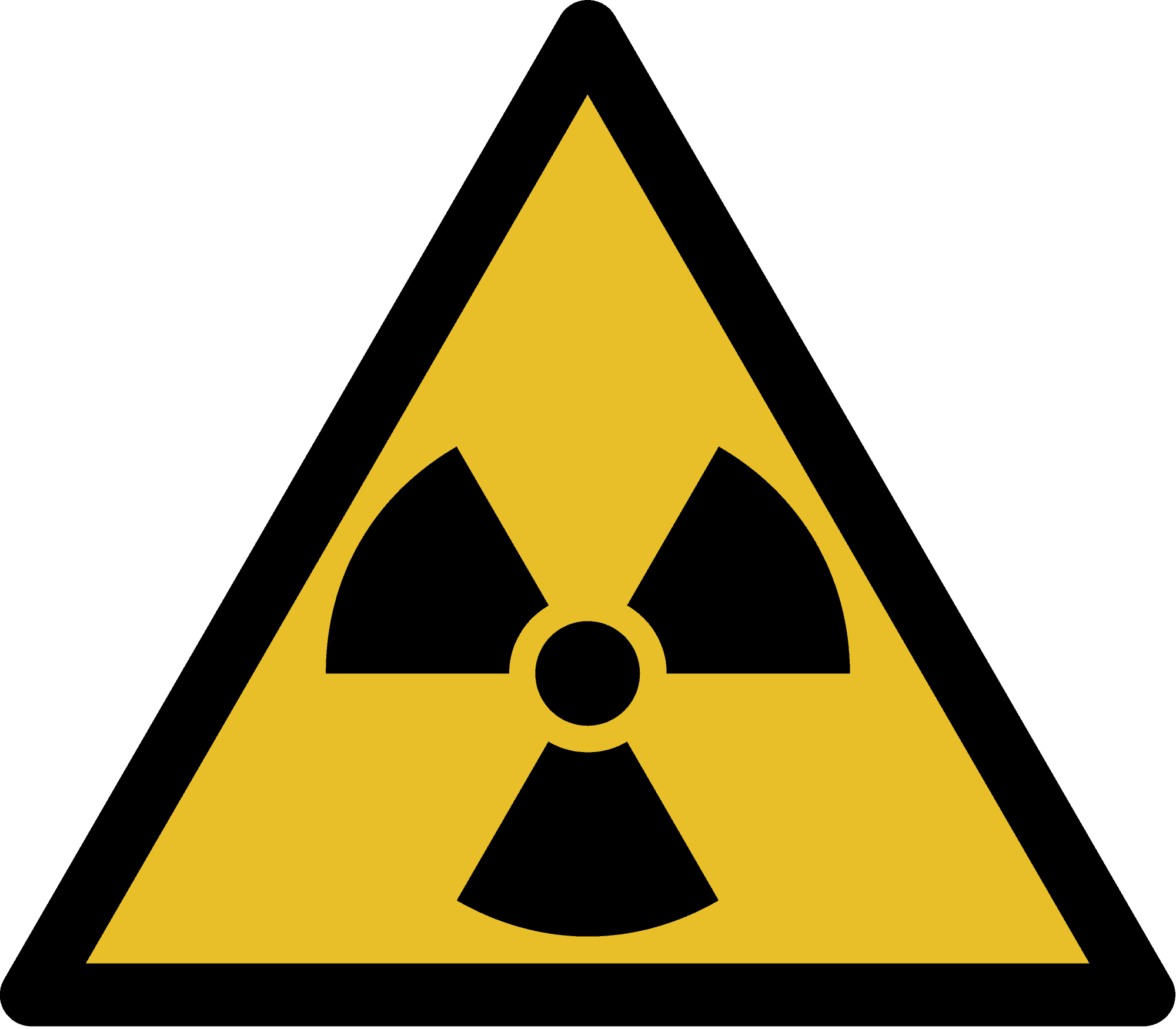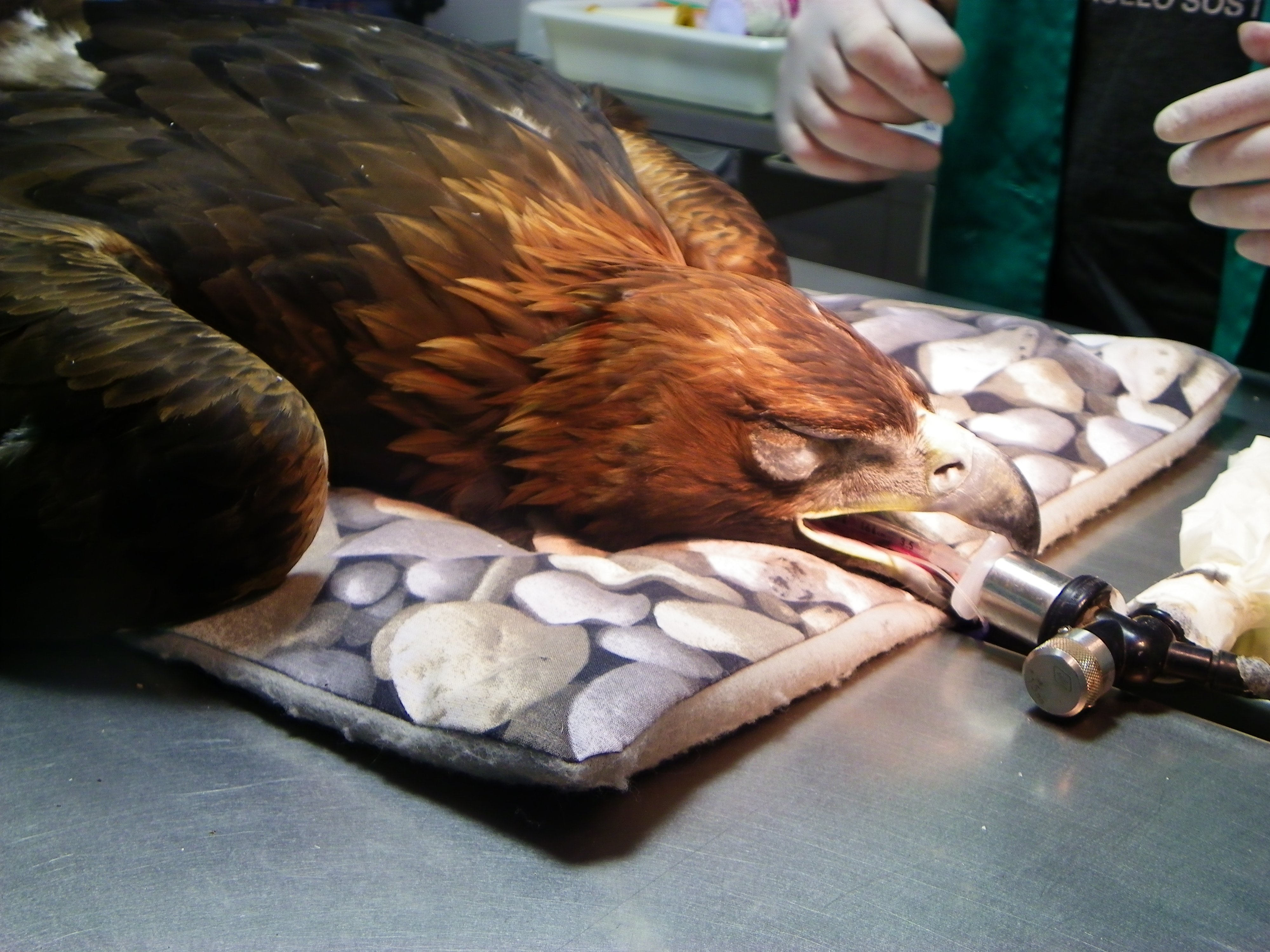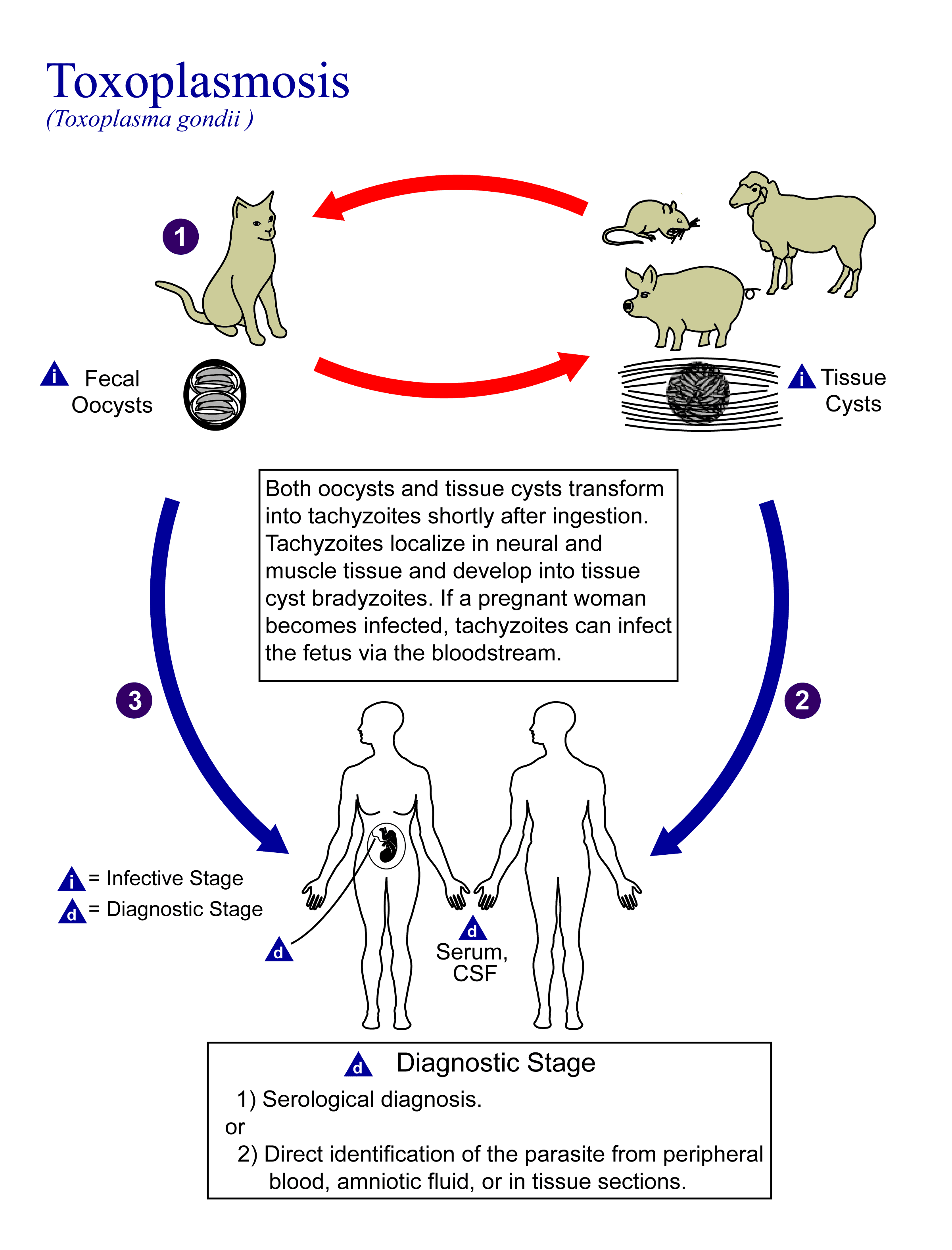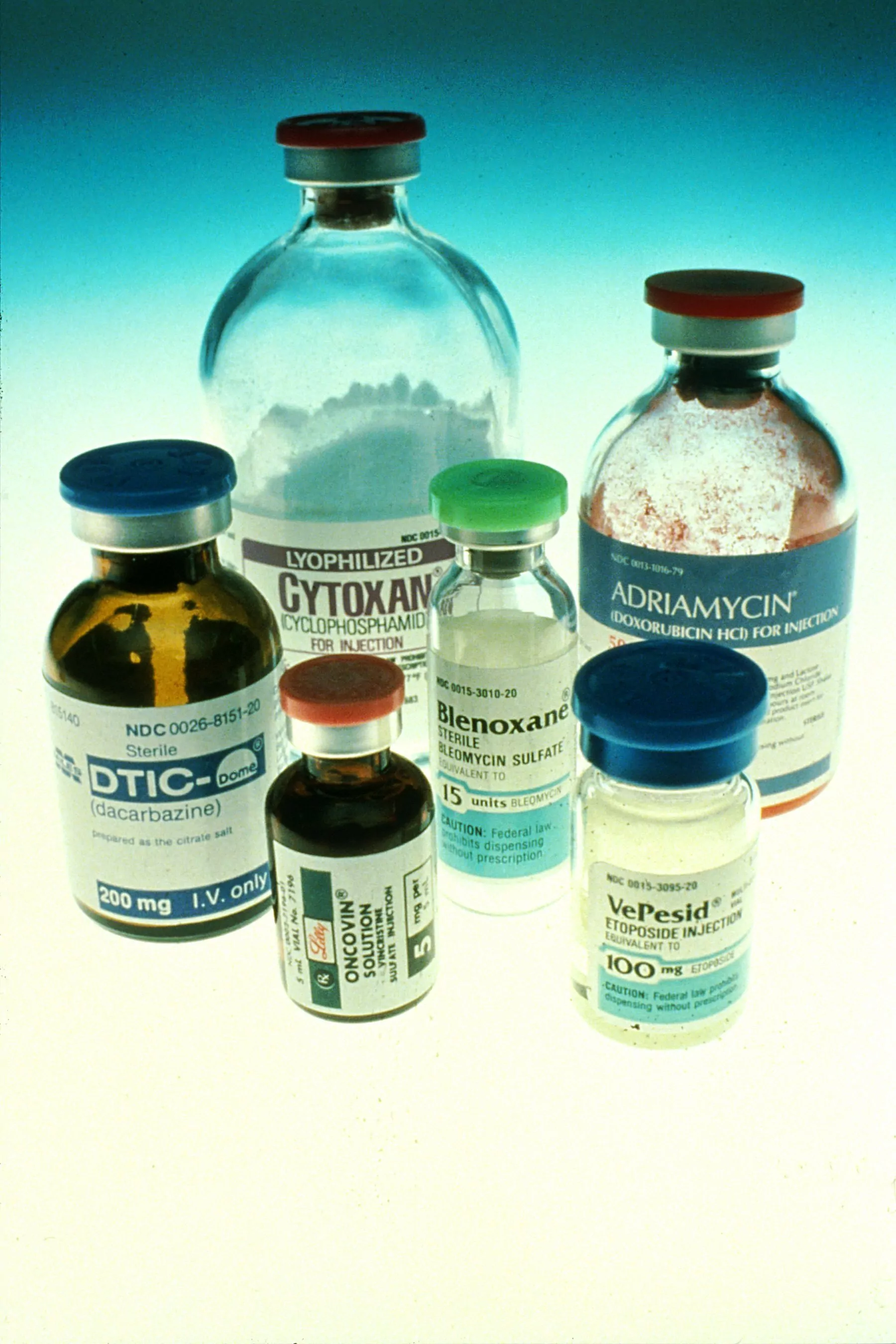While there are many precautions that apply to most jobs regarding being with child, pregnancy in the veterinary field as a veterinarian or veterinary technician/nurse/assistant in practice presents some rather specific risks.

The Impact of Pregnancy in The Veterinary Field
For many small veterinary practices especially, the impact of pregnancy and maternity leave can be significant so it’s very important that all parties understand what provisions need to be made and where their responsibilities lie–not only to ensure the physical and psychological health of the working mother-to-be but also to safeguard good working relationships and limit any impact on the business.
Working while pregnant may not be as difficult as working while raising young children, according to statements of many veterinarians who have done both recently (with great success) we may add!
Check out the poll we did on our Facebook Page and feel free to share your experience in the comments!
The Risks Associated Whilst Working Being Pregnant, in Veterinary Terms
Nevertheless, veterinarians, as well as veterinary technicians and other veterinary personnel, face many risks and other challenges being pregnant in the vet practice. Because of the risks, they usually tell co-workers about their pregnancy very early, when a miscarriage is more likely to happen so they can avoid exposure to any workplace hazards.
It may be difficult to share such personal information with coworkers, but at the end of the day, it is all in your child’s best interest, especially in the first trimester when it is the most crucial fetal development phase.
Below is a list of the most common workplace hazards that have to be eliminated for pregnant veterinary practitioners:
Radiation

Exposure to radiation can occur in many different ways besides taking standard radiographs. Fluoroscopy procedures also use radiation, and I-131 treatments for hyperthyroid cats employ radiation as well. It is advisable to ask other employees to take over the duties that can expose your unborn child to the unnecessary risks of radiation.
If you work at a small practice where there is no one to switch duties with, then it’s recommended to use all the protection you can get. Use apron-wraparounds to protect the belly; lead goggles, gloves, and a thyroid shield.
Make sure to add a dosimeter at the baby’s level and keep constant track of the exposure. Whenever possible, if the patient is sedated and secured, take the images with the pedal outside the x-ray room.
Anesthetic waste gases

A big concern in the veterinary workplace is exposure to anesthetic waste gas, pregnant or not. If you can smell the anesthetic, it means that the exposure levels are already too high. Always make sure that all parts of the anesthetic machine are connected properly, check for possible leaks, check if the scavenging system is connected and in working order (this should be performed before every surgery, regardless of pregnancy). Don’t forget to make sure that the ET is cuffed and inflated appropriately to avoid leakage.
After the surgery is done and the patient is recovering with oxygen, make sure to switch with another colleague because the highest risks of exposure are during induction and recovery.
Also, it’s advisable to avoid mask and box inductions altogether, as a much greater gas leakage can occur.
Toxoplasmosis

Most pregnant women know of the risks associated with toxoplasmosis, but that does not mean that you have to avoid contact with cats in general. The parasite is transmitted through the feces so ask a colleague to switch with you for the poop scooping duties. To be sure, you can get serologically tested.
Even if not pregnant, take precautions when handling litter boxes and always wash your hands thoroughly.
Oral drugs
Some oral prescription drugs can be dangerous to pregnant women even by hand handling. Some of these drugs are diethylstilbestrol (DES), chloramphenicol, misoprostol, and cyclosporine. If you cannot swap handling these medications with another colleague, use extra protection like double gloves and even consider thicker chemotherapy gloves, always wear a face mask and wash your hands thoroughly when you’re done.
Chemotherapy

It is clear how chemotherapy can harm a developing fetus. It is a cytotoxic drug with the intention and ability to kill fast-growing cells, and fetuses have plenty of fast-growing cells in their tiny little bodies. It is best for pregnant veterinary workers not to interact with patients receiving chemotherapy. If this is unavoidable, make sure at least not to mix the IV fluids containing chemotherapy agents.
With patients receiving chemotherapy, the biggest risk is elimination through urine. Ask a colleague to take care of such accidents. And always wear double chemotherapy gloves, face mask and preferably a gown.
Formaldehyde

In case of formaldehyde exposure, some studies show an increased risk of miscarriage, and both minor and major birth defects. Avoiding formaldehyde exposure can be easy since most practices don’t use it frequently.
Bone cement
This can especially be an issue in an orthopedic or neurological specialty, but in some general practices bone cement can be used for surgical procedures. Bone cement is made up of liquid methyl methacrylate, along with polymethyl methacrylate. This combination creates strong fumes and it is strongly advised for pregnant women not to be present during the mixing of the materials. According to the FDA, bone cement fumes can have an adverse effect on bone growth and overall fetal health.
Long shifts and heavy lifting

Prolonged walking or standing increases the risk of preterm labor and intrauterine growth restrictions. So make sure to take frequent rest breaks, between every patient and even if the exam is taking to long ask the client to sit down for 5 minutes. They will all understand.
For lifting, usually, 25 lbs (11 kg) is considered the limit for a healthy pregnancy, but don’t try to be a hero and ask for help!
Always consult your OBGYN for anything that concerns you.
See this interesting article about International Day of Women and Girls in Science dedicated to the empowering and inspiring female scientists on our blog!
